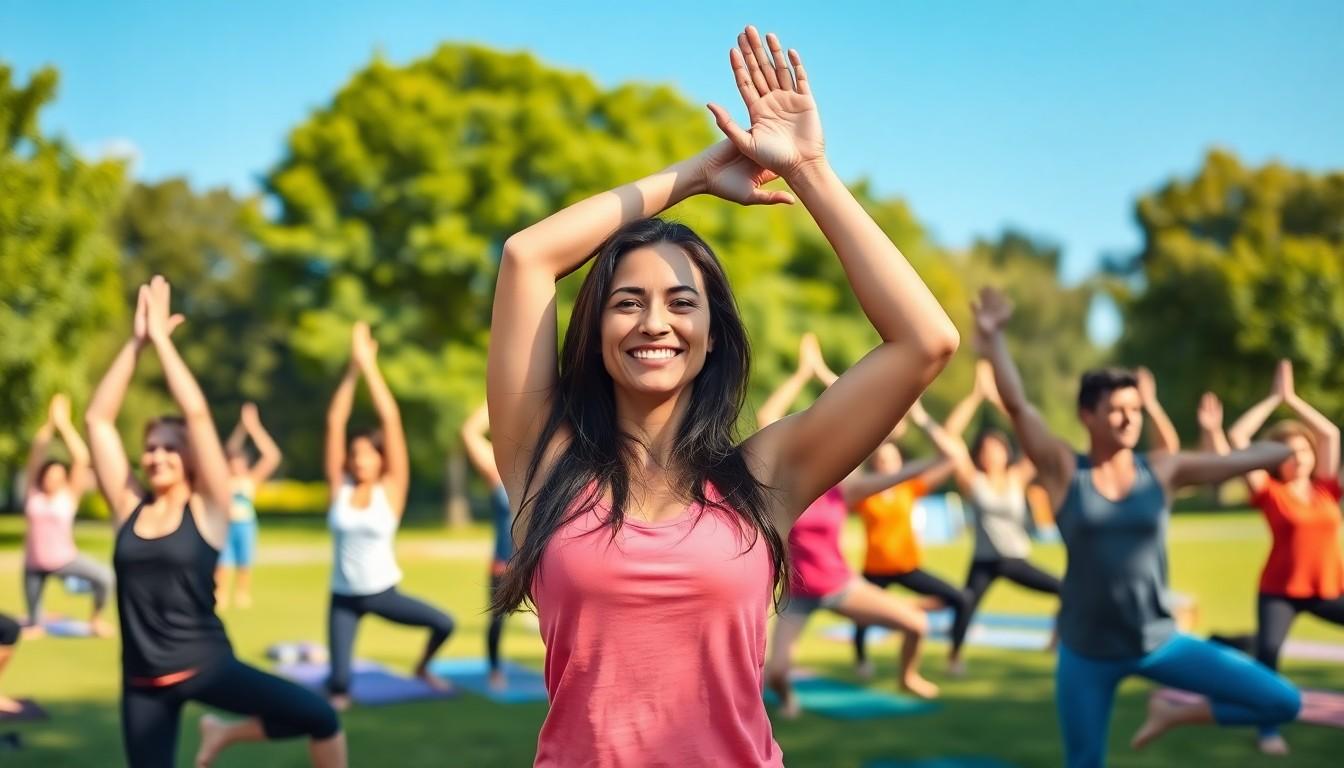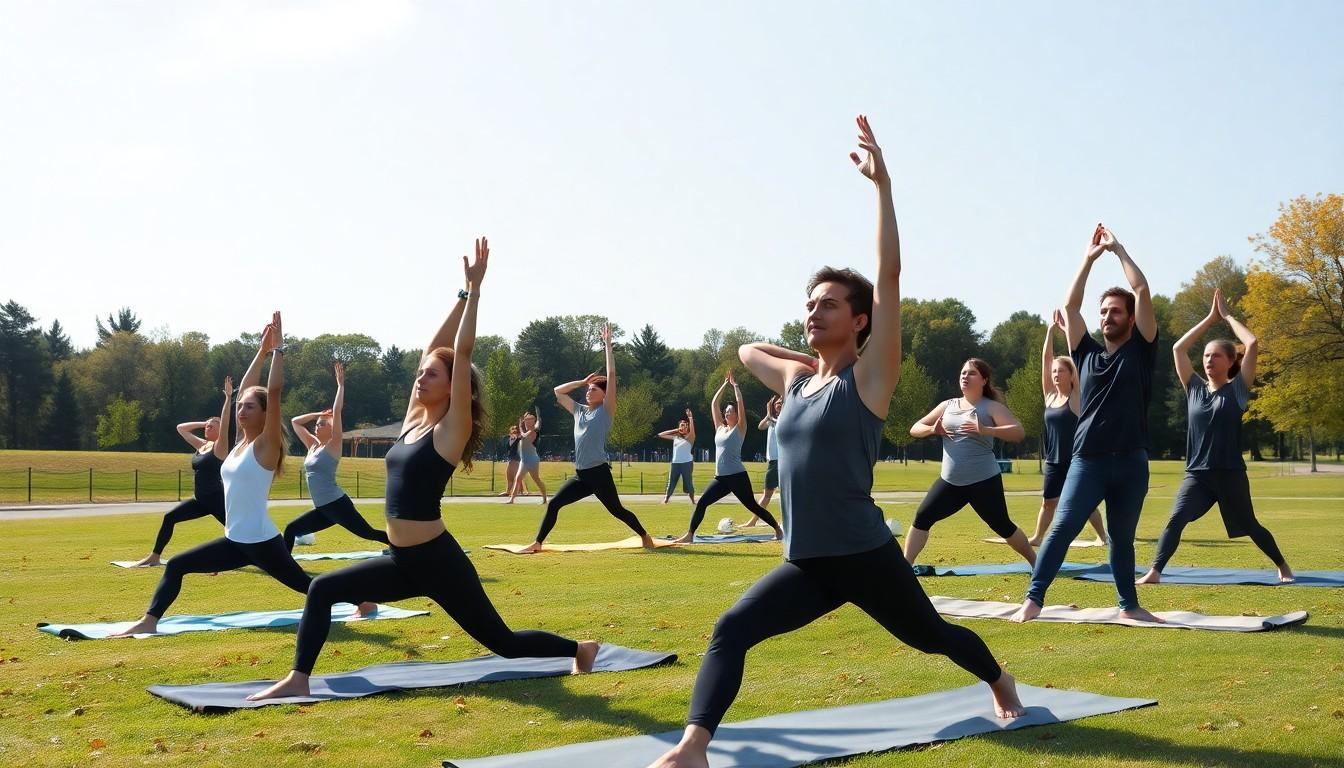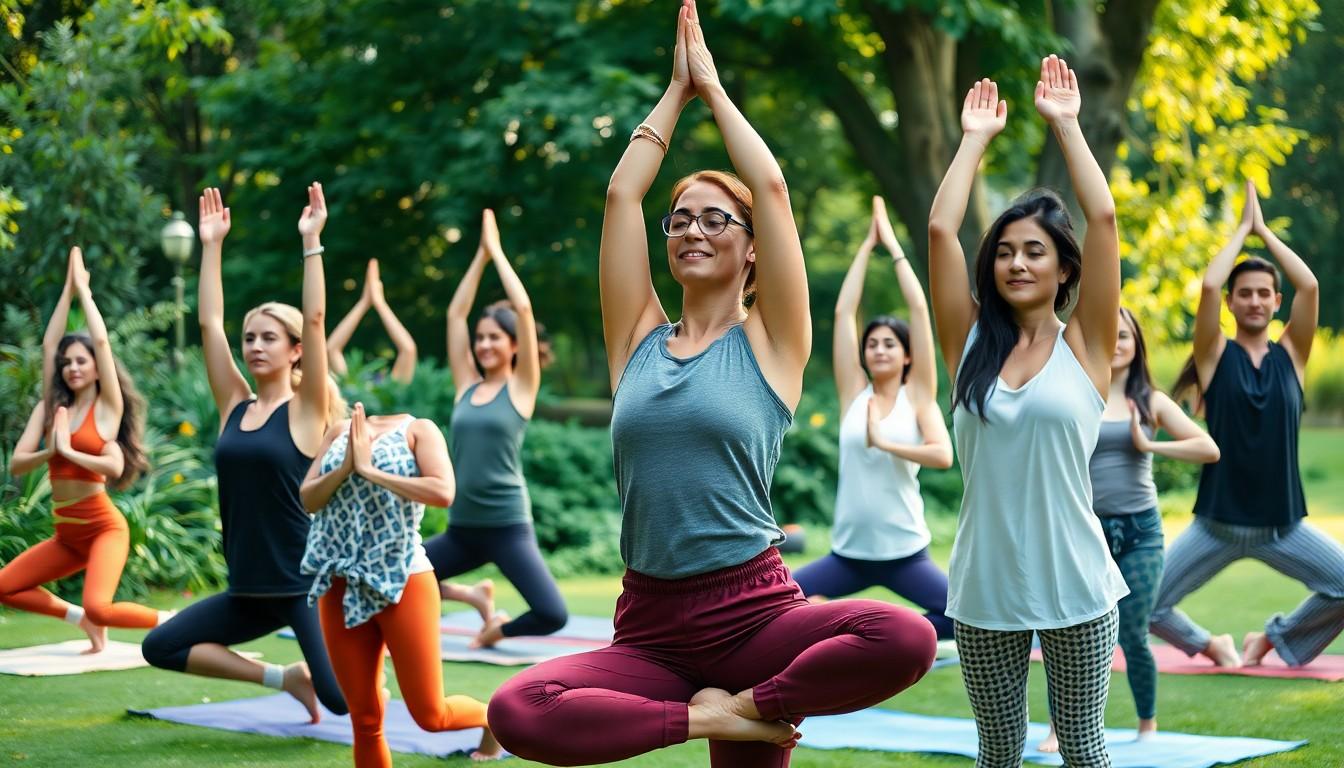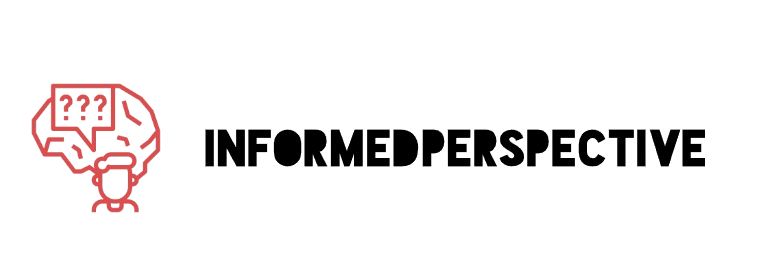The Best Fluffy Pancakes recipe you will fall in love with. Full of tips and tricks to help you make the best pancakes.

What Is Yogulltrenzsis Problems? Unveiling the Struggles in Your Yoga Journey
In a world where wellness trends come and go faster than a cat meme, one term has started to baffle even the most seasoned yogis: yogulltrenzsis. It sounds like a yoga pose that requires a PhD but is actually a collection of issues that can leave practitioners scratching their heads and their mats. If you’ve ever felt like your chakras are in a tug-of-war or your downward dog resembles an upward struggle, you’re not alone.
Understanding Yogulltrenzsis Problems
Yogulltrenzsis problems encompass various challenges faced by individuals during their yoga practice. Common issues include feeling ungrounded or struggling to maintain focus. Practitioners often report physical sensations that don’t align with their expectations, leading to confusion about their progress.
Emotional blocks can arise, creating mental barriers that hinder one’s ability to experience the full potential of yoga. Some individuals may experience frustration or self-doubt when they don’t see improvement or feel detached from their practice. These feelings can create a cycle of negativity that affects motivation.
Social influences often play a role in yogulltrenzsis problems. Comparisons with peers can lead to feelings of inadequacy. Those who see others advancing quickly may question their own abilities. The pressure to keep up with trends or perform specific poses may overwhelm some practitioners.
Physical discomfort can also affect yoga practice. It’s common for individuals to push themselves beyond their capabilities, leading to injury or strain. Body awareness is crucial; those unaware of their limits may encounter significant setbacks.
Understanding yogulltrenzsis problems involves acknowledging these struggles. Identifying personal challenges can help practitioners develop strategies to address them. Connecting with a supportive community can provide encouragement and foster resilience.
Engaging in open discussions about these issues promotes a better understanding of the obstacles many face in yoga. By recognizing that yogulltrenzsis problems are a shared experience, individuals can find strength and motivation to continue their journey.
Common Issues Associated with Yogulltrenzsis


Practitioners often encounter a variety of issues related to yogulltrenzsis. Awareness of these challenges can lead to improved practices and overall wellness.
Physical Symptoms
Physical symptoms often manifest during yoga practice. Some individuals may experience pain or discomfort in areas they typically find stable. These sensations of tightness or weakness can confuse practitioners, making them doubt their abilities. Others report feeling uncoordinated or unstable in poses, contributing to a lack of confidence. Additionally, pushing beyond personal limits can lead to injuries, further complicating the practice. Noticing these symptoms is vital, as it promotes modifications that enhance safety and alignment during yoga sessions.
Emotional Symptoms
Emotional symptoms can also emerge in connection with yogulltrenzsis. Feelings of frustration and self-doubt frequently surface, especially when individuals compare themselves to more experienced peers. Others might encounter blocks that hinder engagement with the practice, creating a cycle of negativity. These emotional challenges can decrease motivation, making it difficult to maintain consistency. Acknowledging these feelings is essential for fostering resilience and developing healthier outlooks toward personal yoga journeys. Supportive communities play a significant role in addressing these emotional hurdles, encouraging open discussions and shared experiences.
Causes of Yogulltrenzsis Problems
Yogulltrenzsis problems often arise from various sources. Understanding these causes can help individuals navigate their yoga journeys more effectively.
Genetic Factors
Genetic predispositions can contribute to yogulltrenzsis issues. Certain inherited traits influence flexibility, strength, and body alignment. These factors significantly affect how one approaches yoga poses. Individuals with specific genetic markers might struggle with stability more than others. Their unique anatomy can lead to discomfort when performing certain asanas, impacting overall performance. Awareness of these genetic influences allows practitioners to tailor their yoga practice to better suit their physical capabilities. Recognizing that genetics plays a role can foster a more compassionate approach to personal limitations.
Environmental Influences
Environmental factors also play a crucial role in yogulltrenzsis problems. The space where yoga practice occurs impacts concentration and mindset. Practitioners facing distractions, such as noise or crowding, may struggle to maintain focus during sessions. Lighting and temperature significantly affect comfort and mood. Inadequate support in terms of mats or props can lead to physical strain during practice. Moreover, a lack of accessibility to community support can amplify feelings of isolation. Recognizing these environmental influences encourages individuals to create optimal spaces for their yoga practice. A well-designed environment fosters deeper engagement and a more positive experience.
Strategies for Managing Yogulltrenzsis Problems
Addressing yogulltrenzsis problems requires a multifaceted approach. Practitioners can adopt various strategies to enhance their experience and overcome challenges.
Lifestyle Changes
Adopting mindful lifestyle changes significantly improves one’s yoga practice. Prioritizing consistent routines fosters stability and balance. Incorporating regular physical activity outside of yoga enhances strength and flexibility. Creating a calming practice space minimizes distractions and promotes focus. Nutrition plays a crucial role; a balanced diet nourishes the body and supports energy levels. Practitioners should practice self-compassion, acknowledging personal limits and celebrating progress. Exploring different styles of yoga can also refresh the practice and reduce feelings of stagnation. Maintaining open communication with peers strengthens support networks and encourages shared experiences.
Professional Help
Seeking professional help offers invaluable guidance for managing yogulltrenzsis problems. Consulting certified yoga instructors provides tailored instruction and corrections for alignment. Physical therapists can address specific discomfort by designing personalized rehabilitation programs. Engaging with mental health professionals enhances emotional resilience and addresses underlying self-doubt. Workshops focused on stress management and mindfulness techniques equip practitioners with tools for enhancing focus. Group classes foster community and create accountability, encouraging consistent practice. Additionally, accessing resources such as yoga therapy can help practitioners navigate the emotional and physical challenges of their yoga journey effectively.
